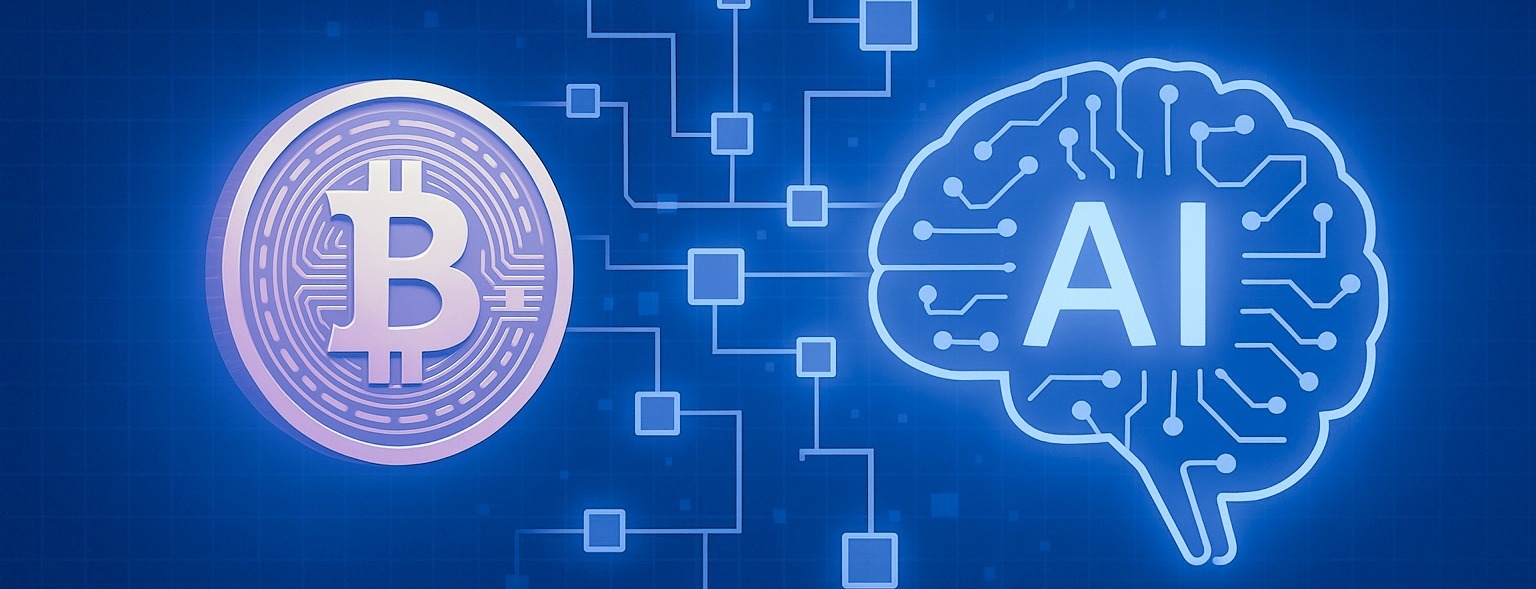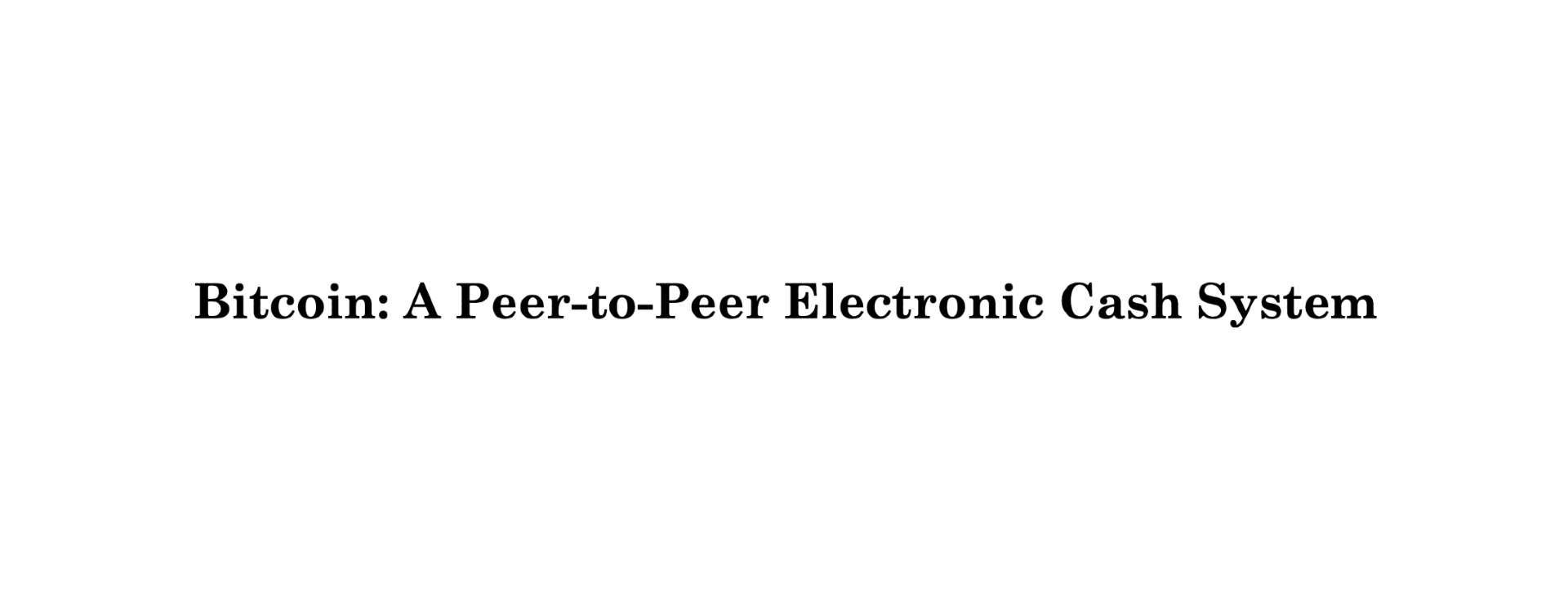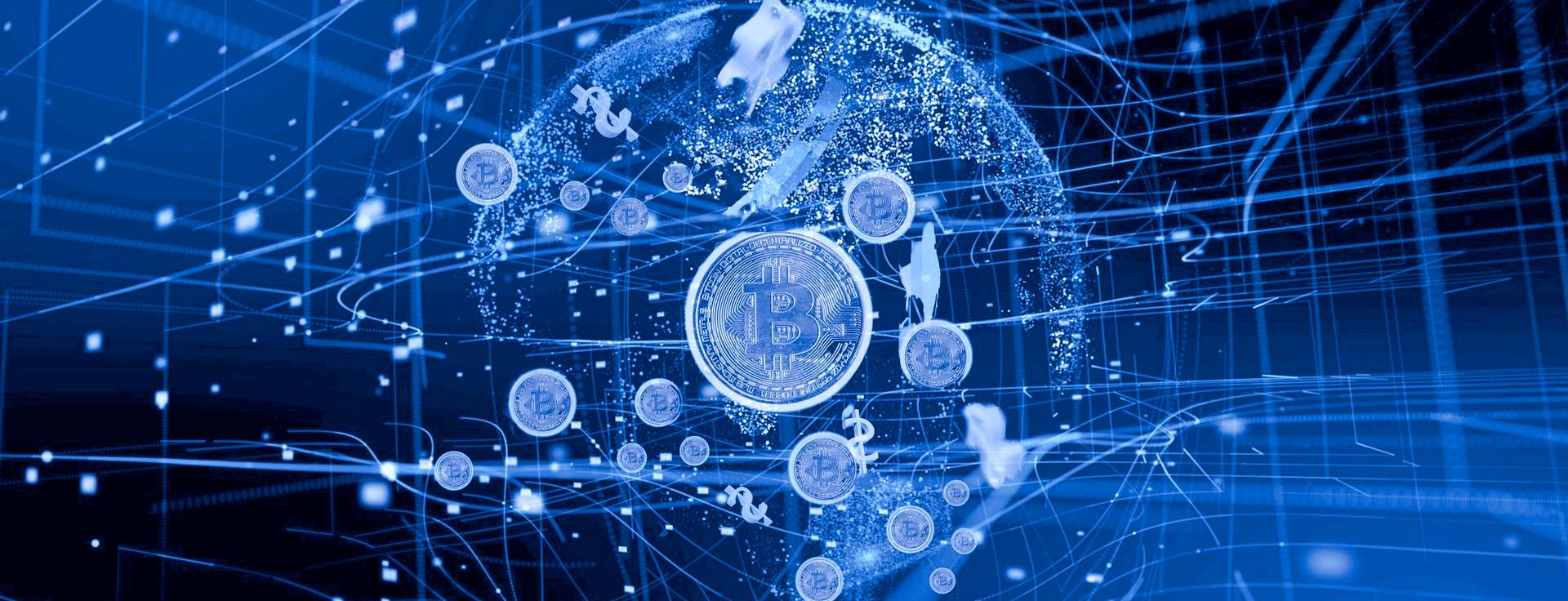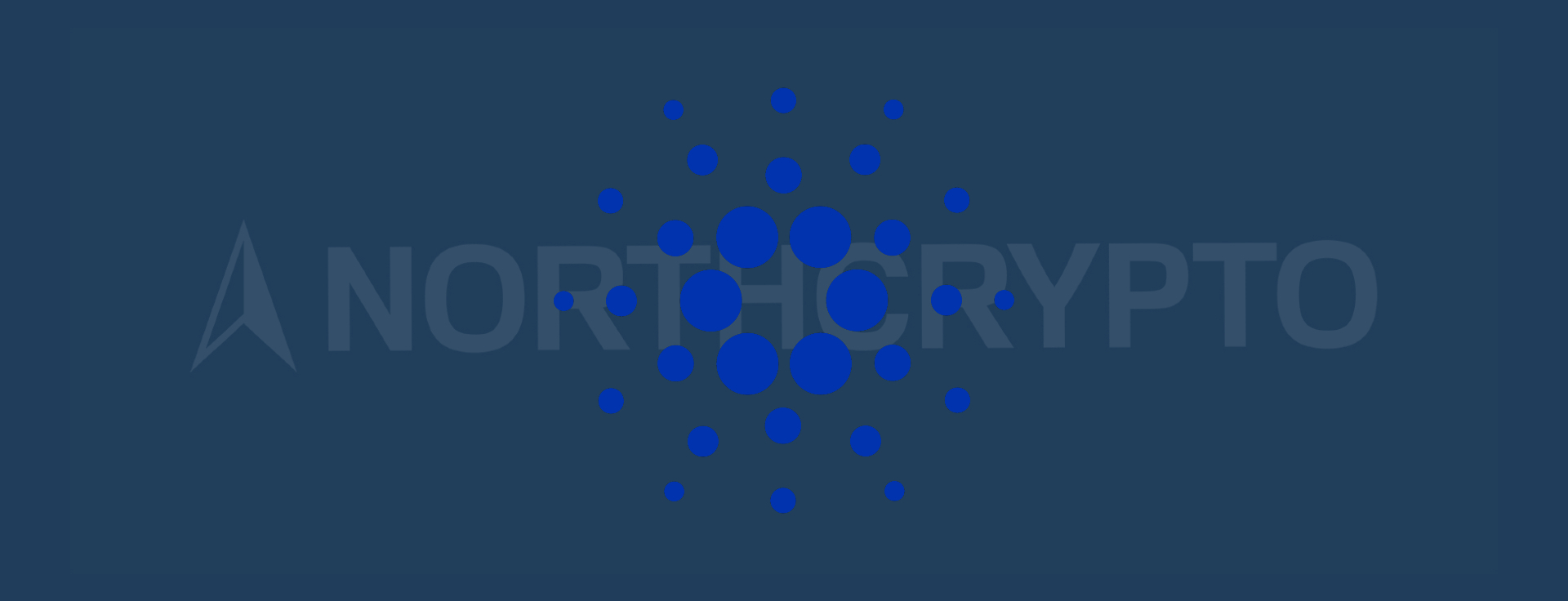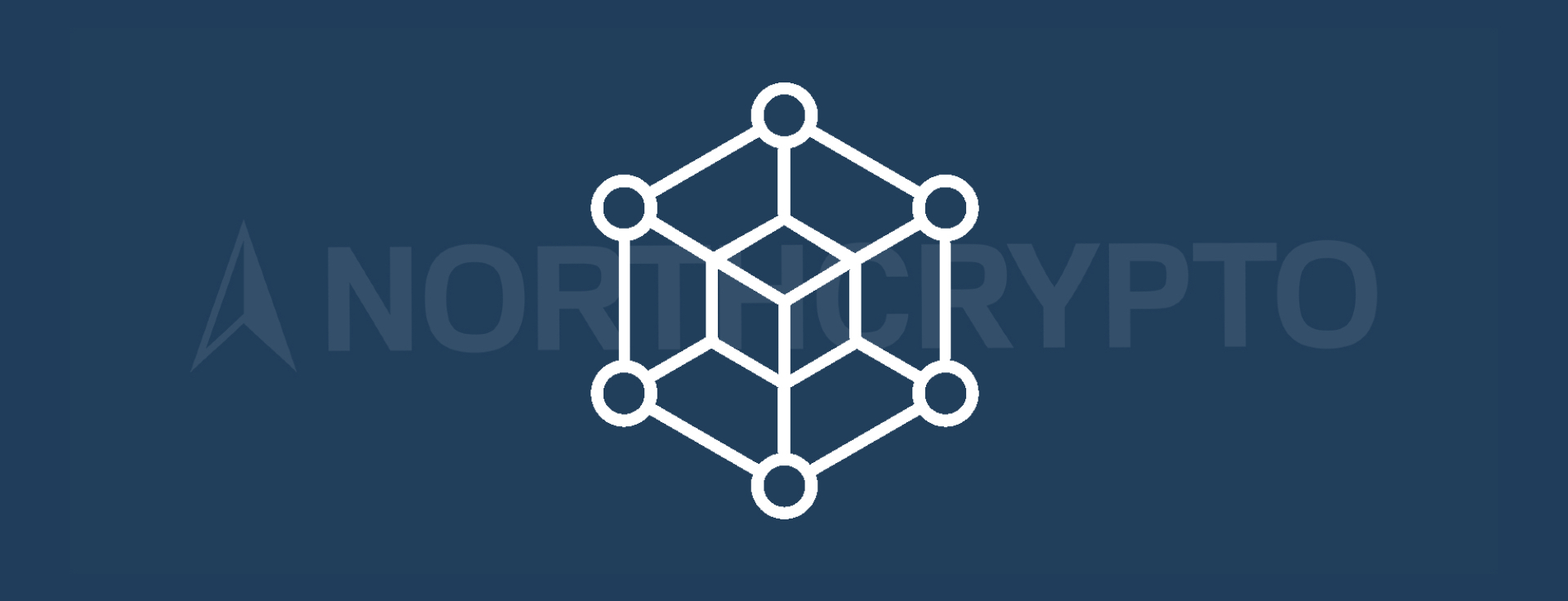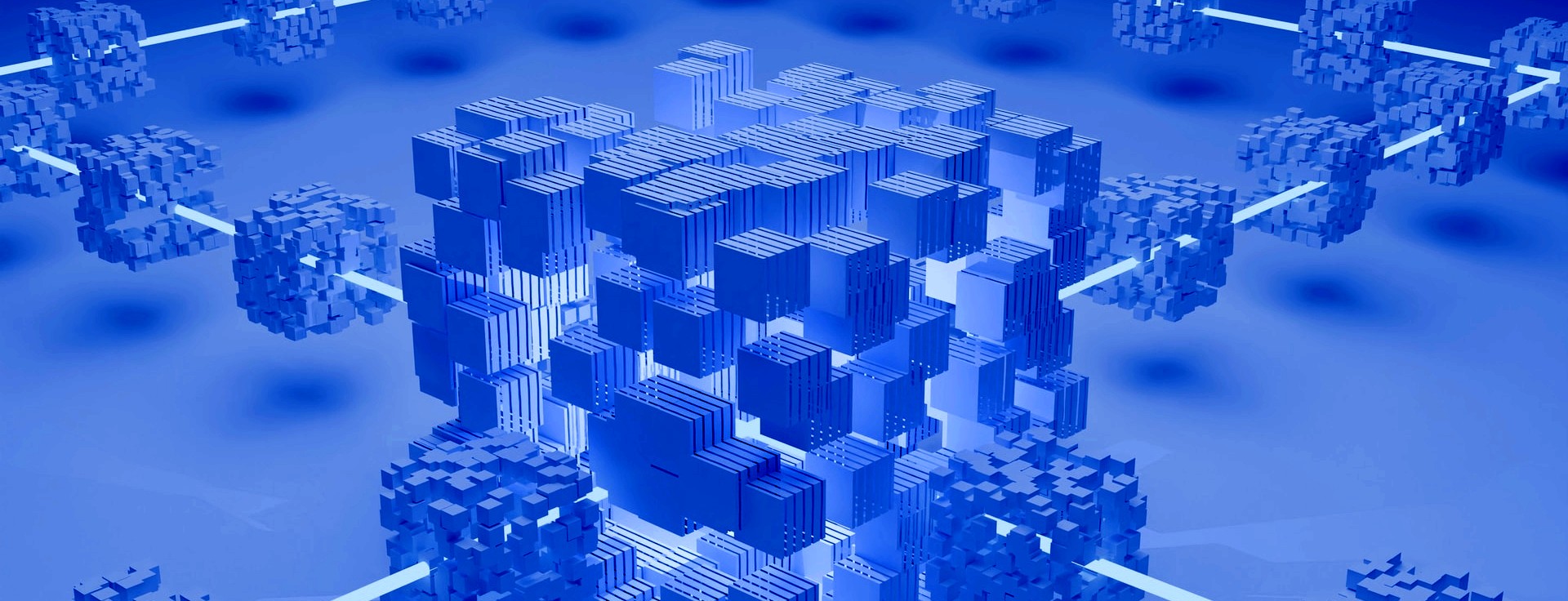
Tokenization is one of the hottest trends in cryptocurrency and blockchain technology today. In this text, we'll explore what tokenization means, what can be tokenized, and the benefits it brings.
What is Tokenization?
Tokenization, when linked to blockchain, refers to the process where ownership rights of an asset are represented as digital tokens and recorded on the blockchain. Therefore, tokens can be seen as digital certificates of ownership. While tokenization is often associated with assets like stocks, it can, in practice, involve anything with monetary value. Tokenization stands out as one of the most promising use cases for blockchain technology because the market for potentially tokenizable items covers nearly all human economic activities.
Tokenization has rightfully been one of the most discussed use cases of blockchain technology in recent years. Major companies, such as technology giant Microsoft and the world's second-largest asset manager Vanguard have adopted tokenization. Additionally, Larry Fink, the CEO of the world's largest asset manager BlackRock, stated at the beginning of 2024 that he believes the tokenization of all financial assets is the next significant technological leap in financial markets.
Examples of Tokenization
When discussing the tokenization of real-world assets, examples often include stocks, bonds, currencies, art, commodities, and carbon credits. Tokenizing these items is somewhat similar to having a property deed, giving the deed holder ownership rights to a property. The key difference between tokenized assets and traditional certificates of ownership such as property deeds is that tokens can be traded, stored, and used as collateral in blockchain networks. The stablecoins that track the price of the US dollar and are essential to Web3, such as USDC and USDT, are an example of a tokenized real-world assets. A stablecoin can be seen as an ownership right to the dollar, as it can be exchanged at a 1:1 ratio for the real US dollars.
The tokenization of digital assets is critical for the operation of Web3. Unlike tokenizable real-world assets, tokenized digital assets exist solely in digital form. Consequently, tokens on the blockchain representing digital assets enable direct ownership of the asset itself, rather than ownership rights to a real-world item. Examples of tokenized digital assets include cryptocurrencies like bitcoin and Ethereum (ether). In addition to ownership, tokenized digital assets can provide benefits similar to voting rights, resembling those associated with stocks. Several cryptocurrencies, such as Aave and ApeCoin, grant holders the right to participate in decision-making for the cryptocurrency project through a Decentralized Autonomous Organization (DAO). DAO refers to a decentralized governance structure in which cryptocurrency gives the right to vote on the organization's decisions. In such cases, a single token can therefore also be seen as a ballot.
Smart Contracts and Oracles in Tokenization
Smart contracts and oracles are crucial technological solutions related to blockchain and tokenization. A smart contract is a contract that executes automatically certain functions when predefined conditions are met. The automation made possible by smart contracts therefore makes it possible to eliminate the need for intermediaries in tokenization. While smart contracts enable automation, they cannot independently access the external data of the blockchain. To access external data, a program known as an oracle must be integrated into the smart contract, facilitating the flow of information from outside the blockchain to the smart contract.
For a monetary asset to be accurately represented on the blockchain and tradable within the blockchain, the right information about the asset must be available. This is crucial, for instance, when creating and trading tokens. To obtain accurate information, a functional oracle solution, such as Chainlink, is needed. Chainlink is a decentralized application built on the Ethereum blockchain, aiming to provide high-quality data to smart contracts.
Benefits of Tokenization
Tokenization offers several benefits compared to traditional alternatives. Common benefits associated with blockchain technology, such as decentralization and transparency, play a crucial role in the benefits provided by tokenization. These benefits include fast and cost-effective transactions, a broad audience, and good liquidity as well as transparency.
Fast and Cost-Effective Transactions: Unlike traditional financial assets, tokenized assets on the blockchain do not involve intermediaries or other middlemen. Consequently, tokenization enables faster and more cost-effective transactions. While traditional stock exchanges may have a settlement period, such as the T+2 settlement time, where purchased stocks are recorded in the buyer's account two business days after the purchase, many blockchains finalize token transactions almost immediately due to smart contracts and fast transactions. Furthermore, blockchains operate 24/7, distinguishing them from traditional solutions that function during limited hours. Additional intermediaries also increase the cost of trading, which in many cases makes a blockchain working without intermediaries cheaper than traditional alternatives.
Broad Audience and Good Liquidity: Tokenization allows bringing a wider range of assets to a larger audience, which in turn increases liquidity. Liquidity in this context refers to the ability to pay of those who can trade the asset. Tokenization makes it possible to make almost anything more easily accessible globally than traditional alternatives because the premise of blockchains is that they can be accessed from almost anywhere in the world. Tokenization can also eliminate the so-called liquidity premium, referring to a price premium resulting from challenges in selling an asset and typically longer selling times. Additionally, a significant benefit enabled by tokenization is fractional ownership. Fractional ownership involves tokenizing and sharing ownership of, for example, an expensive property or artwork into, let's say, 100,000 tokens. This allows individuals to buy a fraction, or token, of a million-euro property or artwork for as little as 10 euros. Significantly lowering the unit price increases the number of potential buyers.
Transparency: There is limited information available on trading history and other relevant data for many traditionally traded items, especially the more expensive ones, which can make it difficult to make an informed financial decision. A key advantage of tokenization is the ability to view the trading history and other relevant information of a traded asset, as many blockchains are public, making all information not intended to be held in confidence available to everyone. This also helps to reduce the risk of counterfeiting and fraud in areas such as art and luxury goods, as the information on the public blockchain is immutable. Transparency can also increase trust between trading parties, making trading more efficient.
Summary
Tokenization stands out as one of the most promising use cases for blockchain technology, with the potential to revolutionize the functioning of financial markets. Tokenization offers several significant benefits compared to traditional alternatives, making it a logical step forward in our increasingly digital world. As major global economic players have recently begun piloting tokenization and recognizing its benefits, it is likely that tokenization will become more widespread in the near future.
Ville Viitaharju
Cryptocurrency specialist
Last updated: 02.02.2024 15:00
